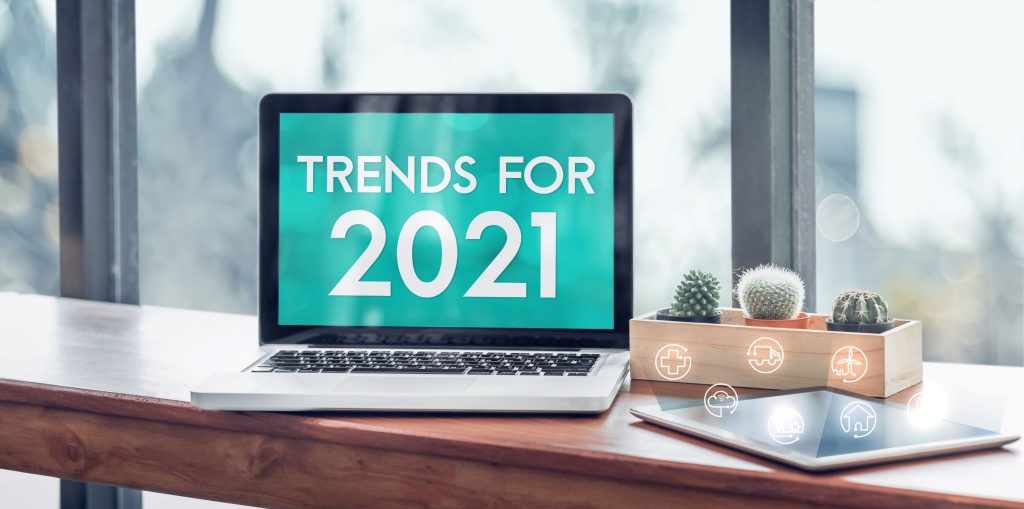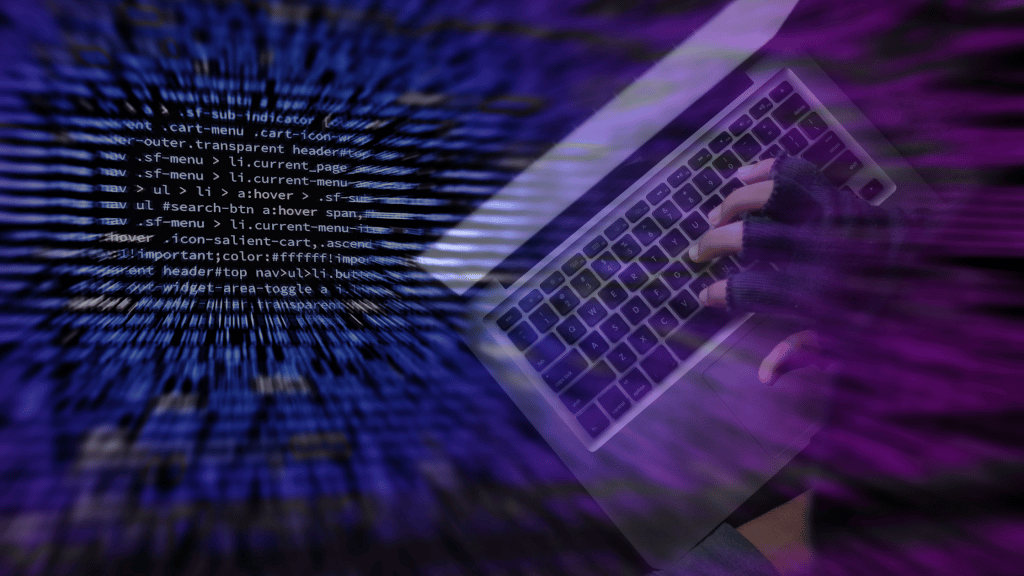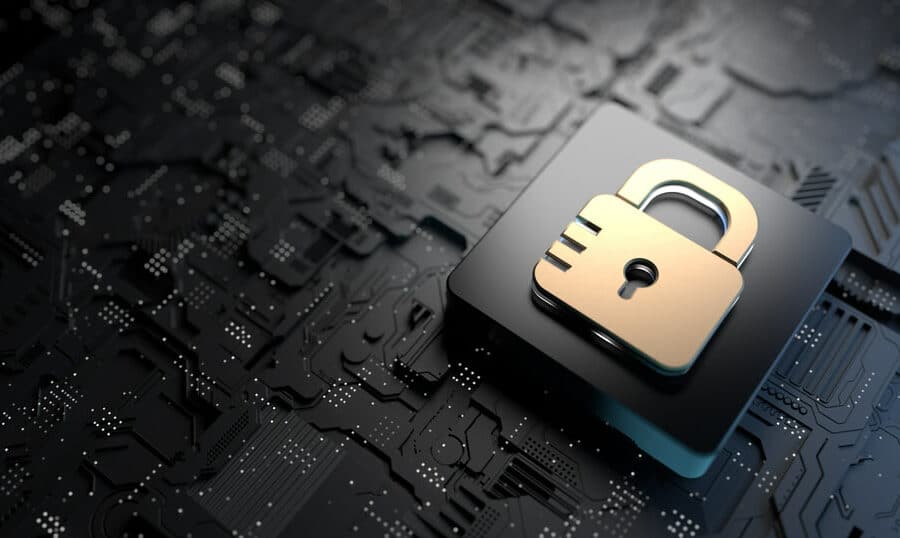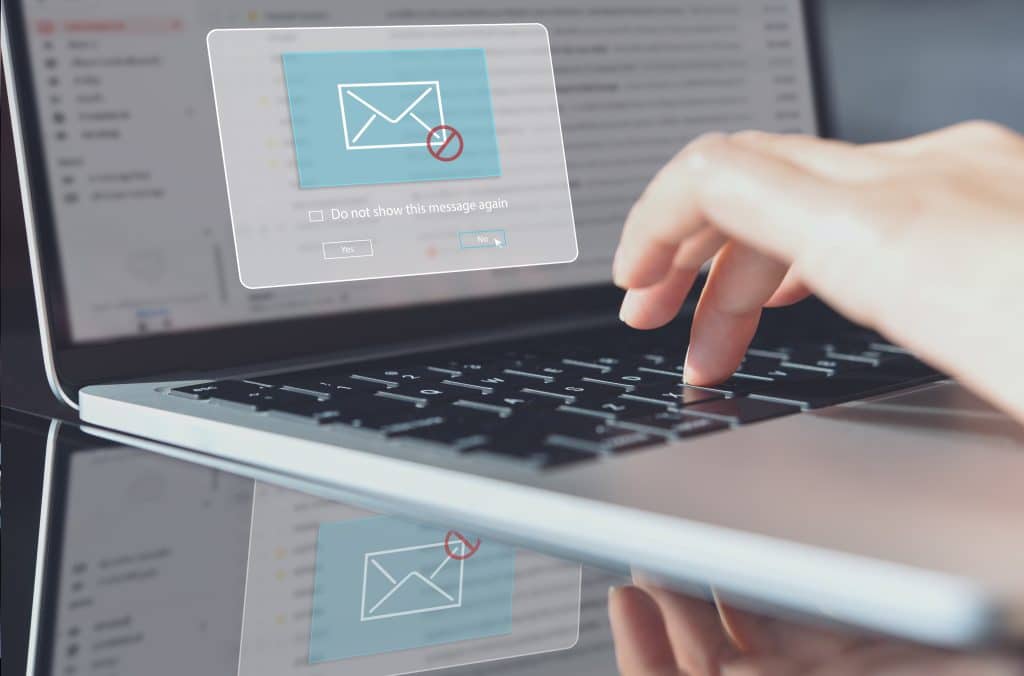Ensuring your business’s information is secure is a key goal of any organization because...

Top ten cybersecurity trends organizations to look for in 2021
2020 pandemic has impacted one way or another, and our personal lives have upended. Organizations forced to make decisions as a result of that fundamentally, and perhaps permanently, changed the way they do business. This cybersecurity trens list for 2021 aims to empower organizations and decision-makers to frame a proper, strategic response that can withstand change and disruption.
1 Remote Work: In 2021, we can confidently predict that cybercriminals will find new and innovative ways to attack individuals, homes, and devices to find a path to your trusted corporate network. The hackers will exploit vulnerabilities found in the gaps between people, devices, and corporate networks. Cybercriminals will use home networks that are under-protected to access valuable corporate endpoint devices. They will deliberately target the company-owned laptops and smart devices on our home networks, especially RDP, VPN, and other remote access services. As a result, attackers could ultimately compromise corporate networks.
2 Nation-State Activity: Over recent years, the focus has been on securing critical national infrastructure, and while this remains essential, it’s also necessary to recognize the impact of attacks against other state sectors. Nation-state activity will continue dominating in 2021. Spear phishing is one of the most prevalent infection vectors in nation-state threat activity, and it will continue to dominate this year as well. Besides, an increasing number of nation-state actors focus on intrusion techniques that don’t require any victim interaction, such as exploiting web-facing applications and password spraying.
3 Zero trust Models: Zero trust models will be implemented by corporations more aggressively in 2021 to empower distributed workforces. Distributed workforces have become significant challenges for businesses recently because many companies have adopted remote work. As a result, companies have to manage hybrid environments where work and personal data coexist in a single machine. Hybrid environments will make organizations having less control over employee use of data. The problem exacerbates when employees access personal data from the company devices. If a work device gets infected, how will personal data be treated in the cleanup? It is difficult for enterprises to track printed or exported data. Of course, this is not a new problem. This issue has existed with the introduction of BYOD (Bring Your Own Device). With the recent COVID situation, this problem has become more severe, and companies are starting to implement zero-trust models more aggressively. Companies believe that this will eliminate implicit trust in anything inside or outside the network by verifying everything. Therefore, User’s access restricted to only specific resources needed within certain perimeters through micro-segmentation architecture?
4 Ransomeware: Ransomware has become a national security issue for many countries worldwide, including the United States, and it will only worsen. Further, the pandemic made organizations more vulnerable, making 2020 a boom year for ransomware attacks in increased volume and increasing 2021. Furthermore, attackers have improved their tactics and implementation of their encryption schemes. Rather than encrypting critical data, some criminals now steal sensitive data and threaten to release it for a vast amount of money.
5 AI/Machine Learning: AI will be increasingly used by cybercriminals and in any sector, strengthening their ability to find and exploit vulnerabilities. The only way to handle the sheer amount of security alerts of potential threats is by employing automation using AI/Machine learning. Automation and machine learning assist human security analysts in addressing the most urgent alerts and remediate them immediately instead of spending time skimming through the sea of data.As a result, in 2021, security experts will move towards a more proactive, interventionist way of working rather than continuous manual monitoring. However, experts say the practical application of AI is still a way out. There are a million things we’ve got to do better before we even start looking at AI. For now, the focus will be on automating repetitive tasks and move into orchestrating processes.
6 Rush to Cloud Deployments: About 95 percent of companies have some cloud presence, even for internal functions such as human resources or payroll. This rush to cloud-everything will cause many security holes, challenges, misconfigurations, and outages. Cloud attacks will continue to rise, mostly executed through phishing, misconfigurations, and exploiting vulnerabilities.
7 Rapid Security Industry Growth: More growth in the security industry may lead to new products; new mergers and acquisitions potentially introduce complexity issues and integration problems and overwhelm cyber teams. It’s an inevitable problem that will have to stay on the radar of any security team.
8 MFA: Multi-factor authentication (MFA) will take center stage in 2021. Billions of usernames and their passwords are widely available from various breaches, with millions added every day. The ease of automating authentication attacks paired with these databases means no online service is safe from cyber intrusion if it doesn’t use multi-factor authentication (MFA).
9 IoT Security: Many new high-profile Internet of Things (IoT) hacks may come to the fore and make headline news. Personal data will grow exponentially, along with the interactions between IoT machines. Companies will try reducing the risk for data breaches to a minimum by employing Blockchain technology with IoT.
10 Misusing deepfakes Technology: Simply by using deepfake technology, anyone with a computer and an Internet connection would be able to create realistic-looking photos and videos of people saying and doing things that they did not say or do. These fake video or audio techniques have become more advanced enough to be weaponized and used to manipulate opinions, stock prices, or political gain by creating targeted content. Several deepfake videos have gone viral. More recently, a political group in Belgium released a video of the Belgian prime minister appears to be giving a speech about COVID-19 and liking it to environmental damage and calling for action on climate change. Many viewers believed the address was real, which turned out to be a deepfake video.
In the meantime, threat actors will continue to capitalize on the fear surrounding Covid. As* always, the best way to stay on top of potential threats in cyberspace is to keep a close eye on the latest cybersecurity news and trends.

Veera Sandiparthi
Written By Veera Sandiparthi Mr. Veera Sandiparthi is a seasonal entrepreneur who brings 18 years of experience with technology solutions and delivering secure integrated enterprise solutions across various industries, including financial, healthcare, technology, and federal. Mr. Veera serves as the President and CEO of AccessQuint LLC. Over the past 2 years became an expert in developing strategic Cybersecurity solutions for both global and domestic clients. By strategically leveraging AccessQuint LLC's expert security resources and best practices, along with his own extensive knowledge of industry challenges and organizational needs, he helps his clients maintain the highest levels of quality while increasing efficiency and streamlining the cost.
Related Post
Cybersecurity insurance, also referred to as cyber insurance or cyber liability insurance, is an...
Ransomware Statistics A quick Google search tells us that the average cost of a...
While the number of people falling for sending personal information to the crown prince...





